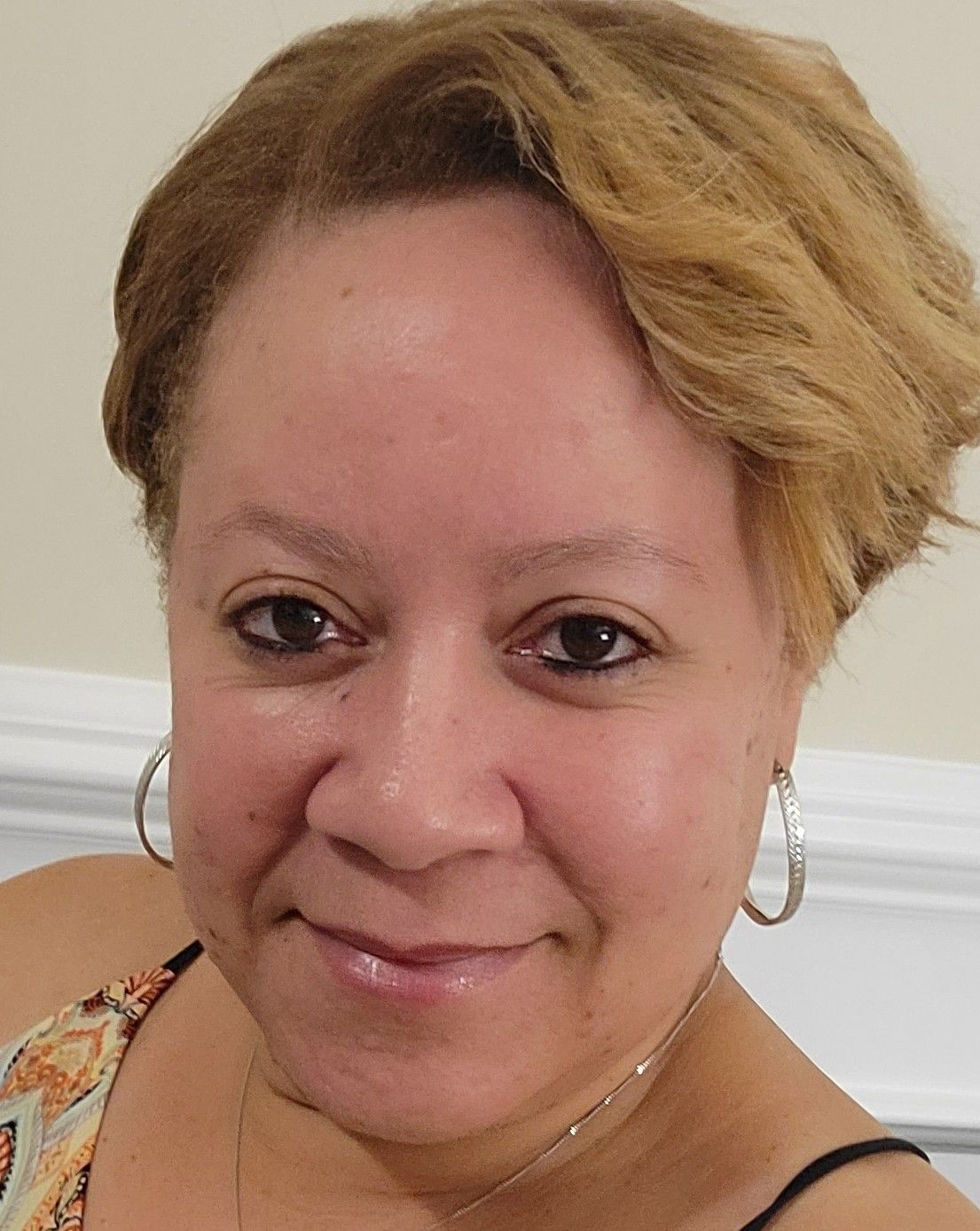There's More We Could Be Doing for Patients in Pain, with Melanie Lewis, RN
Melanie Lewis, RN, writes about how listening to patients, conducting nerve conduction studies, and referring to specialists are key actions to provide effective care in patients dealing with chronic pain.
Melanie Lewis, RN
Credit: Self

Diagnosing pain is tricky. We can't always see its source during a physical exam, and we can't always understand its impact until we also experience it.
Nerve pain can be especially tricky because, depending on our training and experience, we might not know much about nerve anatomy or nerve pain (its causes, how it presents, etc.). But neuropathic pain is one of the most common types of chronic pain, affecting one in ten people, and can be an underlying cause of many other symptoms.
I've seen it firsthand. I worked with a nerve specialist for almost 20 years, and through that, I've interacted with all kinds of patients. I've seen how much pain they can be in—how debilitating it can be to their everyday lives—and how far the right kind of treatment can take them. In my current work, I speak with patients who might have nerve pain, listening to what they're going through and helping them navigate where they may need to go next. By the time I work with them, many have already seen numerous providers and specialties. In fact, it'snot uncommon for patients to see more than 20 providers before finally seeing a nerve specialist.
Diagnosing, treating and giving hope to nerve pain patients are things allhealthcare providers canplay a part in. These patients deserve the highest quality care, just like any other patient, and there's more we can be doing.
About chronic nerve pain
Nerves are our bodies' wiring systems, sending signals to the brain that help us feel touch, temperature and pain. They're integral to sensing and navigating our physical space in the world. When they're injured—from a traumatic injury, surgery or amputation—nerve signals deviate course and can cause pain. Neuromas, a mass of nerve and scar tissue, can form and become a source of pain for patients; surrounding tissues compressing the nerve can be another source.
If nothing is done to repair the damaged nerve, it won't function properly. While pain is personal and can range in severity, people can experience loss of function and constant or intermittent pain that feels like electric shocks, tingling, sharp spasms, and more. When these feelings last longer than three months following a trauma, surgery, or accident, it may be a sign of chronic nerve damage.
Most nerve injuries will not resolve themselves—no matter how much time we give them. Many patients I speak to have been told to keep waiting, that the pain will go away, and as a result, many of them lose hope. I've seen numerous patients who've had to stop working because of their pain and suffer from higher levels of stress, insomnia and depression. In the worst cases, suicide or suicidal thoughts can also occur.
However, there is good news. It's possible to surgically repair damaged nerves, addressing the source of the pain and, in some cases, restoring function. The sooner nerve injuries get addressed, the better, not only for the patient's mental health but also for the chances of a better outcome—and potentially a better quality of life.
Actions to help nerve pain patients
If a patient has had a traumatic injury, surgery or amputation and their pain has continued for three months, there's a possibility they have nerve damage. The following are three actions healthcare professionals can take to best serve patients who potentially have chronic nerve pain:
- Listen to the patient. While they may not have medical training, patients know their bodies best. Many I've spoken to have researched on their own to get smarter and help identify what might be going on. Consider reviewing what they've found and discussing it with them—it's an opportunity for us to learn, too.
- Do workup and testing. Consider sending patients for a nerve conduction study. Doing so is a simple step to identify if nerves are damaged.
- It's okay if you're not the right person—refer them to someone who is. The thought that we don't have the knowledge or training we need to help can be unsettling. The thought that we missed something or did something wrong can be scary. But we can't be every specialty or an expert in all areas, so we need to rely on others who are specialists and experts in what we're not. Peripheral nerve surgeons who specialize in nerve repair are great resources to rely on. They regularly see patients with potential nerve damage and have the training and expertise to fix the pain's source.
Break the cycle
Going from provider to provider, from specialist to specialist, with no hope and all pain—we owe it to our patients to learn more about nerve pain and the actions we can take to help them. As healthcare providers, no matter our discipline, we all can do more to truly listen and consider the best pathway for pain sufferers. We can help break them out of the pain cycle and live full lives again.
Melanie Lewis, RN, is a registered nurse based in McLean, Virginia. She has over 20 years of experience working with chronic pain patients.